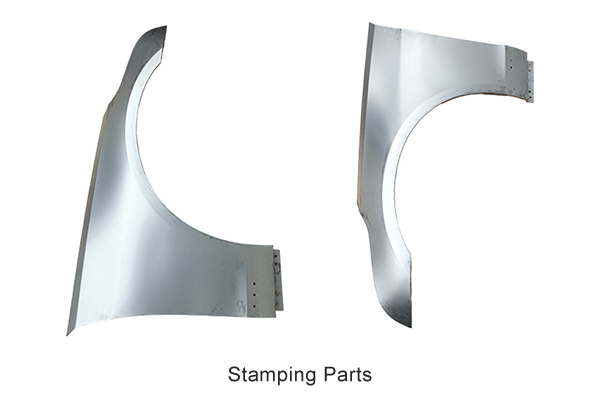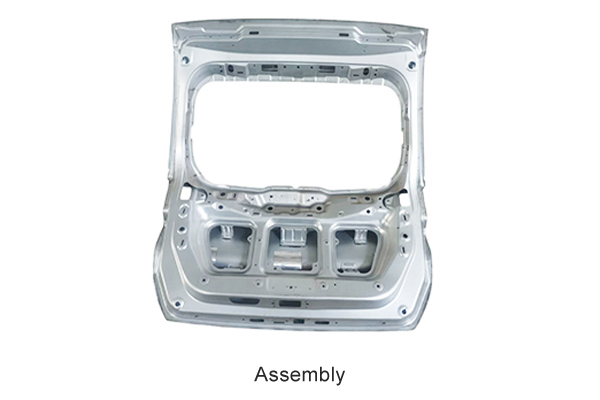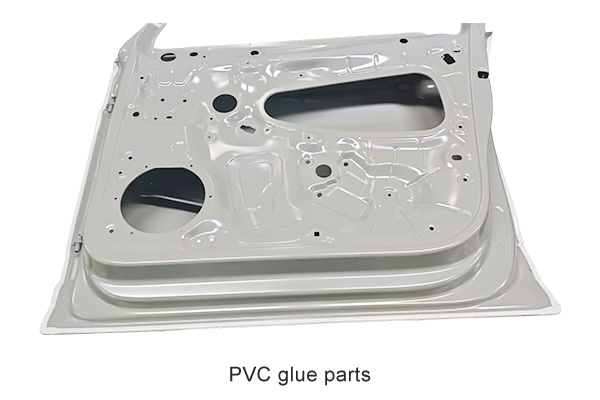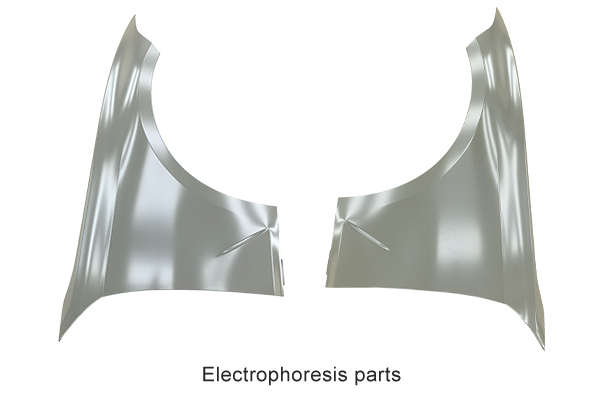How to ensure the safety of equipment and plant during dismantling and relocation services for discontinued production lines?
Release Time : 2025-03-11
In the process of dismantling and relocation services for discontinued production lines, it is crucial to ensure the safety of equipment and plant.
1. Preparation before dismantling
Conduct a detailed survey of the welding production line to understand its structure, layout and potential hazards.
Assess the damage that may be caused to equipment and plant during the dismantling process, as well as the safety risks that may be caused.
Based on the results of the on-site survey, formulate a detailed dismantling plan, including the time, sequence, and method of dismantling. Ensure that the dismantling plan complies with relevant safety regulations and standards and is reviewed and approved by professionals.
Provide safety training to personnel involved in the dismantling work so that they understand the safe operating procedures and emergency response measures during the dismantling process. Ensure that all staff have the necessary safety knowledge and skills.
Equip with necessary safety facilities, such as safety belts, helmets, gloves, safety nets, etc. to protect workers from injury. Set up obvious safety warning signs to remind workers to pay attention to potential dangers.
2. Safety measures during demolition
Use fences or cordons to separate the demolition area from other areas to prevent non-staff from entering. Ensure that the equipment in the demolition area is powered off and take appropriate safety measures to prevent accidental startup.
Carry out demolition work step by step according to the demolition plan to avoid structural instability caused by demolishing too many parts at one time. During the demolition process, pay close attention to the stability of the equipment and the structural safety of the plant.
Use professional equipment to monitor vibration, noise, etc. during the demolition process in real time to ensure that they are within the safe range. Regularly check the stability and safety of the demolition area to promptly discover and deal with potential problems.
Develop an emergency plan and clarify the emergency handling process and responsible persons. During the demolition process, if an abnormal situation or safety accident occurs, immediately activate the emergency plan, take necessary emergency handling measures, and report to the relevant departments.
3. Safety inspection and handling after demolition
After the demolition is completed, clean up the site in time, classify the waste, and ensure that the site is clean.Check whether there are any remaining safety hazards in the demolition area, such as parts that have not been completely removed, residual hazardous substances, etc.
Inspect and maintain the equipment that has not been damaged during the demolition process to ensure that it is in good condition. Evaluate and handle the damaged equipment to determine whether it needs to be repaired or scrapped.
Carry out a comprehensive inspection of the plant structure and evaluate the impact of the demolition process on the plant structure. Take corresponding reinforcement or repair measures based on the inspection results to ensure the safety and stability of the plant structure.
In summary, in the process of dismantling and relocation services for discontinued production lines, a series of comprehensive measures need to be taken to ensure the safety of equipment and plant. These measures include preparatory work before demolition, safety measures during demolition, and safety inspection and treatment after demolition. Through the implementation of these measures, the safety risks during the demolition process can be effectively reduced and the safety of equipment and plant can be protected.
1. Preparation before dismantling
Conduct a detailed survey of the welding production line to understand its structure, layout and potential hazards.
Assess the damage that may be caused to equipment and plant during the dismantling process, as well as the safety risks that may be caused.
Based on the results of the on-site survey, formulate a detailed dismantling plan, including the time, sequence, and method of dismantling. Ensure that the dismantling plan complies with relevant safety regulations and standards and is reviewed and approved by professionals.
Provide safety training to personnel involved in the dismantling work so that they understand the safe operating procedures and emergency response measures during the dismantling process. Ensure that all staff have the necessary safety knowledge and skills.
Equip with necessary safety facilities, such as safety belts, helmets, gloves, safety nets, etc. to protect workers from injury. Set up obvious safety warning signs to remind workers to pay attention to potential dangers.
2. Safety measures during demolition
Use fences or cordons to separate the demolition area from other areas to prevent non-staff from entering. Ensure that the equipment in the demolition area is powered off and take appropriate safety measures to prevent accidental startup.
Carry out demolition work step by step according to the demolition plan to avoid structural instability caused by demolishing too many parts at one time. During the demolition process, pay close attention to the stability of the equipment and the structural safety of the plant.
Use professional equipment to monitor vibration, noise, etc. during the demolition process in real time to ensure that they are within the safe range. Regularly check the stability and safety of the demolition area to promptly discover and deal with potential problems.
Develop an emergency plan and clarify the emergency handling process and responsible persons. During the demolition process, if an abnormal situation or safety accident occurs, immediately activate the emergency plan, take necessary emergency handling measures, and report to the relevant departments.
3. Safety inspection and handling after demolition
After the demolition is completed, clean up the site in time, classify the waste, and ensure that the site is clean.Check whether there are any remaining safety hazards in the demolition area, such as parts that have not been completely removed, residual hazardous substances, etc.
Inspect and maintain the equipment that has not been damaged during the demolition process to ensure that it is in good condition. Evaluate and handle the damaged equipment to determine whether it needs to be repaired or scrapped.
Carry out a comprehensive inspection of the plant structure and evaluate the impact of the demolition process on the plant structure. Take corresponding reinforcement or repair measures based on the inspection results to ensure the safety and stability of the plant structure.
In summary, in the process of dismantling and relocation services for discontinued production lines, a series of comprehensive measures need to be taken to ensure the safety of equipment and plant. These measures include preparatory work before demolition, safety measures during demolition, and safety inspection and treatment after demolition. Through the implementation of these measures, the safety risks during the demolition process can be effectively reduced and the safety of equipment and plant can be protected.








